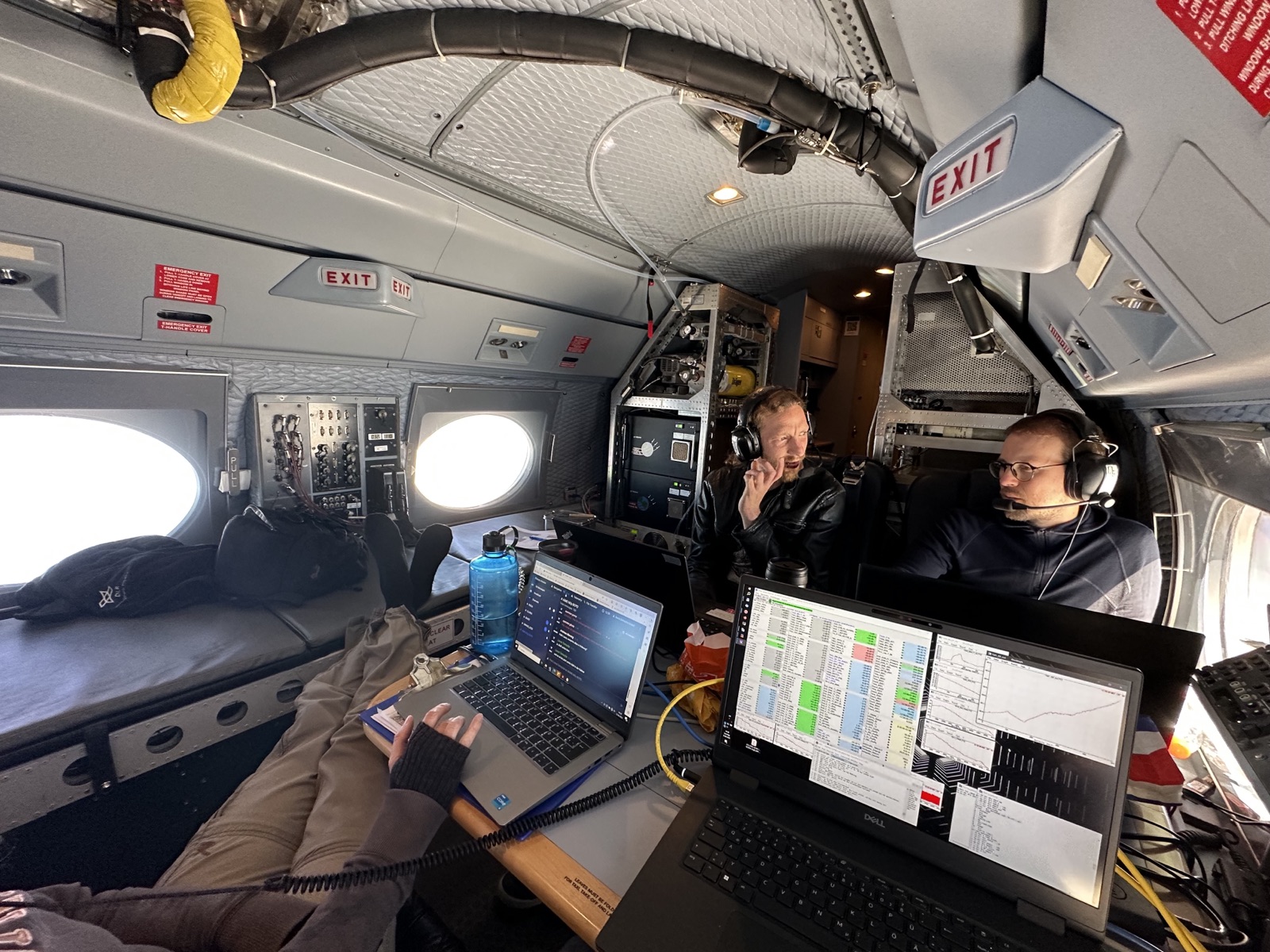The first phase of the campaign is well underway, and with that summer has finally returned to the northern outstretches of the Alps. We have completed two more scientific flights during the last week, as well as the infamous turbulence flight, with great results. Our first flight brought us all the way up and along Sweden, along the Scandinavian Mountains and back again above the bright beaches on the Baltic Sea, flying straight along the entire country. Another team of scientists did a balloon flight near the flight track as well, and word is they did manage to see us from down there. Scientifically, these two measurements have great synergy potential, and will allow us to cross validate the data or maybe even complement each other, to see what only the other can see.
We used the second flight to follow in the footstep of the first scientific flight across the Mediterranean. The similarity of the tracks does yield valuable data on the development of the Asian monsoon filament, and the first outlooks suggest high quality measurements. Further analysis, however, will have to wait for now. So far we have not noticed any problems with the instruments, and a superstitious person might worry we’d use up all our good luck this early in the campaign.
One must not forget that politics are always components in climate research. While our aims and goals transcend the concepts of nations and territory – as the climate inevitably affects all of us, regardless of borders – it is integral to honor and respect these boundaries. Our permit to enter the middle eastern airspace was revoked on a short-hand notice, forcing us to adapt quickly. While the tracks of flight 02 and 05 no longer match up well in the turning point, these spontaneous changes opened up the opportunity for much more detailed probing of the air filament near Cypher with great altitudinal resolution. I will keep you updated on these results once processing has finished.
— BEHIND THE SCENES: —
As a newcomer to aircraft campaigns I was quite curious how the operators fare during the flight. My colleagues were kind enough to offer me some insights, which you may enjoy here: The image underneath shows the operator booth onboard of HALO. The working place of a scientist operating complex and highly advanced technology isn’t that different from a typical desk in an office or in a laboratory. I learned something new that day. One might mistakenly get the impression of laxity and comfort when looking at the situation onboard. When flying in 15 kilometers altitude (our current best level with complete instrumentation) strong temperature gradients can occur inside the cubicle. The circulation is limited, and the ground air may actually become winterly cold.

There is another thing which I noticed personally. Ever since we arrived in Bavaria, I have noticed it in my own speech. Somehow the local dialect is mingling deeper and deeper with my own. As the locals are affected the most I would propose that it might be something in the air. If the last scientific flight will be over Germany (as of now a possibility) it might be worth it to search for it. When would we have such an opportunity again I wonder. Might also be in the local beer, now that I think about it 🙂
This will conclude phase 1 of the PHILEAS campaign. The next stop will be the far coasts of Alaska, and with all preparations successful and the instruments working exceptionally well there is nothing to do other than hope for good weather. Stay tuned for phase 2.

Issues regarding visual material has been resolved. Post has been restored.